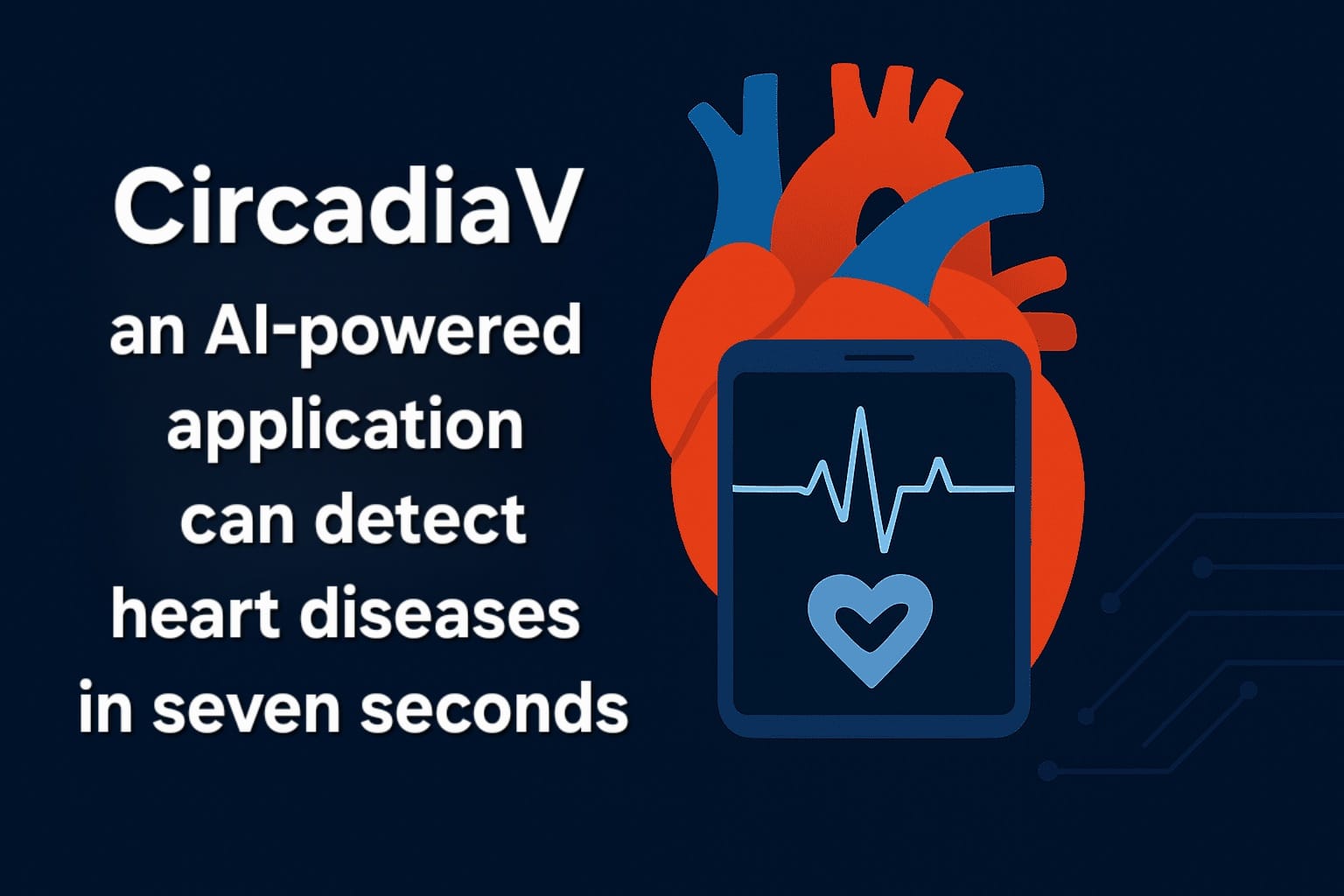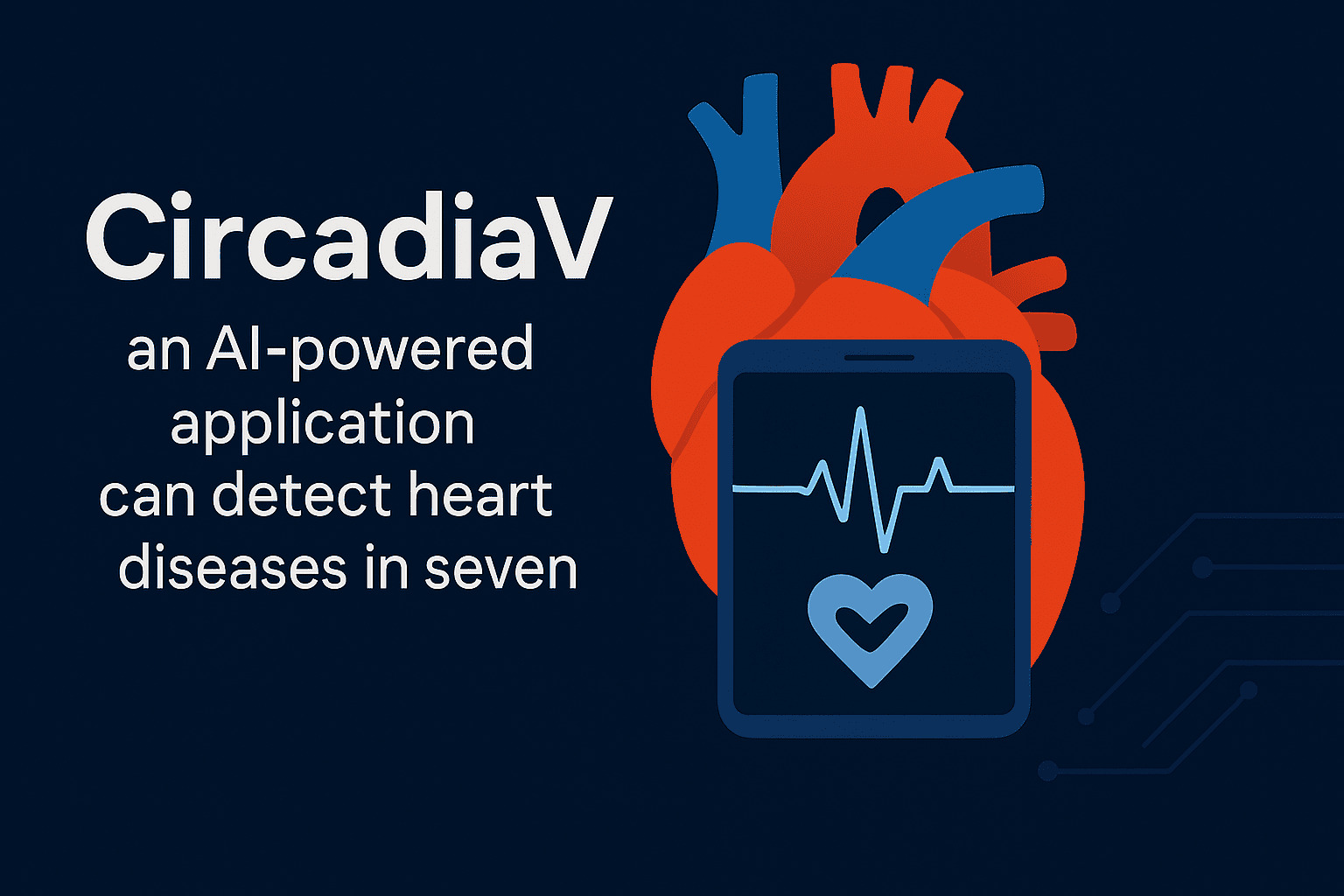Tuberculosis remains an important public health problem in India. According to a WHO study, over 4,000 people lose their lives to TB, and close to 30,000 people fall ill with this preventable and curable disease. Awareness about the disease, its diagnosis, and treatment among the public will help in controlling it. Medicircle presents the World TB Awareness Series, in which we are featuring eminent clinical pulmonologists, immunologists, and chest physicians treating tuberculosis. We aim to create awareness and educate the public about the impact of TB around the world.
Dr. Kamleshkumar Pandey is a Consultant Pulmonologist. He currently works as Founder and Director of Inspire Chest Clinic and Research Center. He has experience of more than 10 years in the field of Respiratory Medicine. He has worked at many eminent hospitals Hinduja Hospital, Fortis Hospital, and Wockhardt hospital. He has been practicing in Mira Bhayandar, Mumbai for the last 3 years and is also in-charge of Mira Bhayander Municipal Corporation DOTS plus site for Drug-resistant tuberculosis patients.
We are Moving in the right Direction in TB diagnostics and Cure
Dr. Pandey mentions, “We are moving in the right direction. Government is offering free of cost Universal DST to identify patients of TB and whether it is simple or drug-resistant.” He further informs, “Along with identification, notification of the cases is being done too even by the private institutions. All patients are being brought into the TB eradication program through which they are being provided good diagnostic services as well as treatment. In the year 2018, 21 lakh people were notified to be suffering from the disease whereas, in the year 2019, the figure rose to 24 lakhs. It might seem that the prevalence of the disease is increasing but in the real sense, it indicates that more and more cases are being notified and more people are coming under the government’s free treatment plan which shows that we are moving in the right direction. Also, there are frequent fresh guidelines of treatment by the government and hence the eradication program is also getting regularly updated,” says Dr. Pandey.
Benefits of LTBI Screening
Dr. Pandey explains, “Screening of Latent TB infection is done to identify cases in which there is exposure to the TB bacteria but have not got converted into active disease. The risk of developing TB is high in the future in such patients and the screening helps to initiate preventive measures. He advises, “Diabetic people, those who are in immunosuppression or those whose immunity is less like HIV patients, those who have gone through transplants etc. are prone to LTBI and it is important as a preventive measure to get the LTBI screening done. Only 5-10% LTBI cases get converted into active TB cases but prevention is better,” advises Dr. Pandey.
Difference between Drug-Resistant and Simple Tuberculosis
Dr. Pandey informs, "It's only 3-5% of overall TB cases that are drug-resistant. Drug-resistant cases are more likely in people who have already taken treatment before and the disease has got repeated. Places dense in population also have chances of drug-resistant cases because in such areas if there are patients with drug-resistant TB then they would spread drug-resistant infection only. Simple TB gets cured in 6 months but drug-resistant TB takes somewhere between 1-2 years to get cured. The side-effects of treatment are more in drug-resistant cases and hence it takes more time to manage,” explains Dr. Pandey.
Reasons for High Prevalence Rate
Dr. Pandey lists down the following reasons for the high prevalence rate:
- “Patients do not take medicine after symptoms start disappearing thinking they have got completely cured
- Due to side-effects of treatment, there is inadequate or improper adherence to treatment by patients
- There are socioeconomic factors like affordability or neglect due to busy schedules
- In some places, there is a shortfall of specialists
- Some doctors either provide inadequate dosage, do not monitor the side effects well, do not do adequate counseling, or provide treatment on basis of X-ray or symptoms only when it is important to do the diagnosis of tissues to find out the type of TB and accordingly chart out the treatment plan. If the doctors do not identify the drug-resistant TB and keep on providing treatment for simple TB, it is hardly going to serve any purpose,” points out Dr. Pandey.
Impact of Corona on TB patients
Dr. Pandey emphasized that during the first phase of lockdown, doctors missed out on the identification of fresh cases as people stopped coming to the doctor or did not want to disclose their condition of cough and cold or fever. It was through the door-to-door screening initiative that active cases again started getting identified. Also, when lockdown eased off, people have again started coming for diagnostics on their own.
You may get in touch with Dr. Kamlesh Pandey at:
Inspire Chest Clinic & Research Center, A002 /A003 Rambagh Building, Ramdev Park near Hindustan Bank, Ramdev Park Chowk, Mira Bhayandar East.
Timings: Afternoon 3 to 6 pm
Mobile No. for appointment - 7506461376
(Edited by Amrita Priya)

 During the first phase of lockdown people stopped coming for diagnosis and we missed out on several TB cases but later with door-to-door screening many cases got identified and when the fear of Corona subsided many patients started bringing forward their cases to us, says Dr. Kamlesh Pandey.
During the first phase of lockdown people stopped coming for diagnosis and we missed out on several TB cases but later with door-to-door screening many cases got identified and when the fear of Corona subsided many patients started bringing forward their cases to us, says Dr. Kamlesh Pandey.






.jpeg)


.jpg)









.jpeg)





.jpg)




.png)



